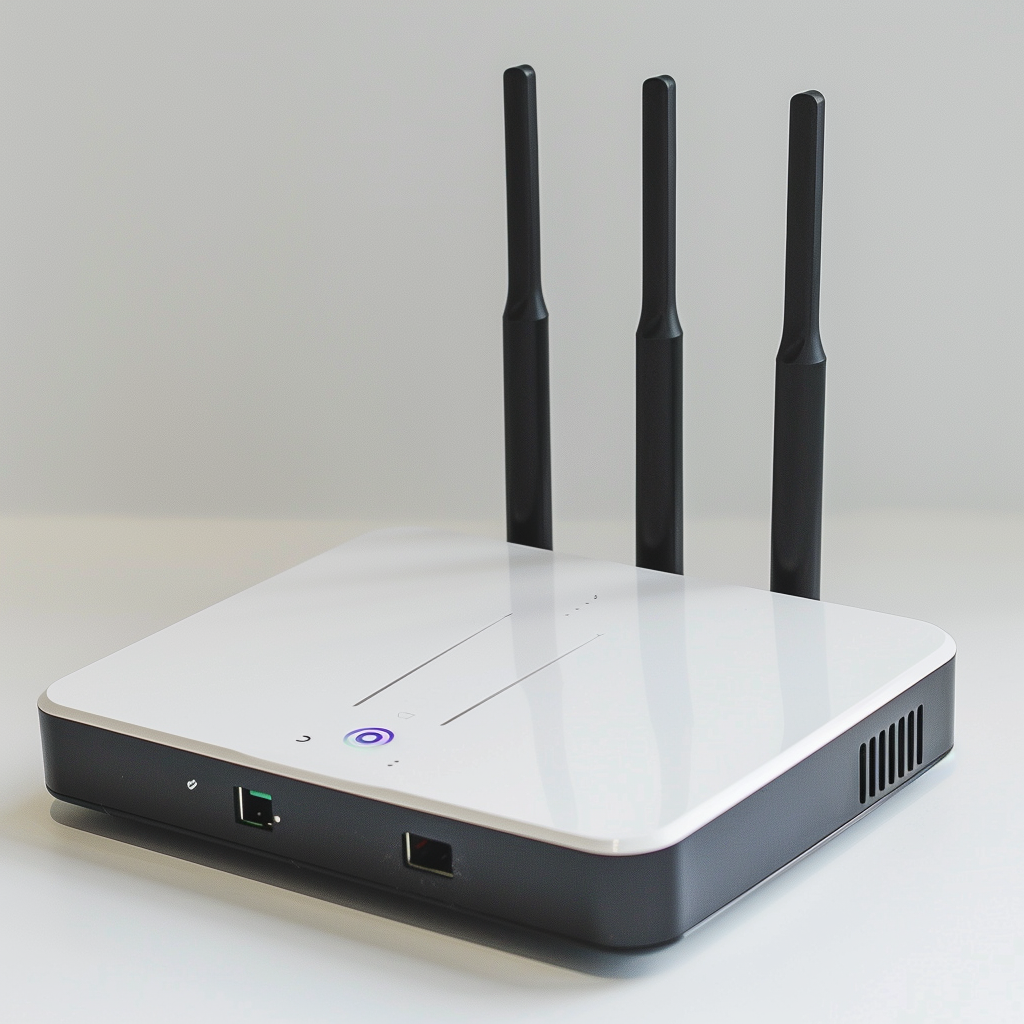From WPA2 to WPA3; The Evolution of Wi-Fi Security:
Wireless network security has come a long way, with WPA2 (Wi-Fi Protected Access 2) being a standard for over a decade. However, the emergence of WPA3 marks a new era of enhanced security. These developments are crucial for safeguarding your sensitive data.
What is WPA2?
WPA2 has been the standard for Wi-Fi security since 2004. It uses the Advanced Encryption Standard (AES) to secure wireless communication, making it far superior to its predecessor, WPA. Despite its strengths, WPA2 has vulnerabilities:
- KRACK Attacks: In 2017, researchers discovered a critical flaw that allowed attackers to intercept and manipulate encrypted data.
- Weak Passwords: WPA2 networks are vulnerable to brute-force attacks when passwords are not robust.
Our team at 010grp group helps businesses secure their networks by implementing strong encryption protocols and providing training to mitigate these vulnerabilities. read about our services!
Why WPA3 is a Game-Changer
WPA3, introduced in 2018, addresses many weaknesses of WPA2 and offers stronger protection against modern cyber threats. Key improvements include:
1. Enhanced Encryption
WPA3 uses Simultaneous Authentication of Equals (SAE), replacing WPA2’s Pre-Shared Key (PSK) method. SAE resists offline dictionary attacks, ensuring that even weak passwords are more complex to crack.
2. Individualized Data Encryption
With WPA3, each device connected to the network has its encryption key, safeguarding data from potential eavesdroppers on public Wi-Fi.
3. Improved IoT Security
As Internet of Things (IoT) devices proliferate, WPA3’s robust security prevents these often-vulnerable devices from becoming entry points for attackers.
WPA2 vs. WPA3: Key Differences
| Feature | WPA2 | WPA3 |
|---|---|---|
| Encryption Method | AES with PSK | AES with SAE |
| Offline Attack Resistance | Vulnerable to brute force | Resistant to offline attacks |
| Data Encryption | Shared across users | Individualized per device |
For businesses and individuals using WPA2, migrating to WPA3 provides better protection against emerging threats.
Do You Need to Upgrade to WPA3?
While WPA3 offers superior security, not all devices currently support it. Consider upgrading if:
- You handle sensitive data, such as financial or healthcare information.
- Your network includes multiple IoT devices.
- You use public Wi-Fi frequently.
Devices that don’t support WPA3 can still connect to WPA3-certified routers via WPA3-Transition Mode, allowing compatibility with WPA2 devices.
The Role of Cybersecurity Experts
Upgrading to WPA3 is only part of a robust cybersecurity strategy. At 010grp, we provide comprehensive services to fortify your entire network:
- Network Security Assessments: Identify and mitigate vulnerabilities in your current setup.
- Endpoint Protection: Secure all devices connected to your Wi-Fi.
- Continuous Monitoring: Stay ahead of evolving cyber threats.
Our expertise ensures your business remains protected, whether adopting WPA3 or optimizing your existing WPA2 network.
Conclusion: WPA3 is the Future of Wi-Fi Security
As cyber threats grow increasingly sophisticated, WPA3 represents a significant leap forward in securing wireless networks. Transitioning from WPA2 to WPA3 is essential for staying protected in today’s day and age.
At 010grp group, we’re here to guide you through the transition and beyond. Our solutions ensure your network is secure and optimized for peak performance. Contact us today to learn how we can help.

